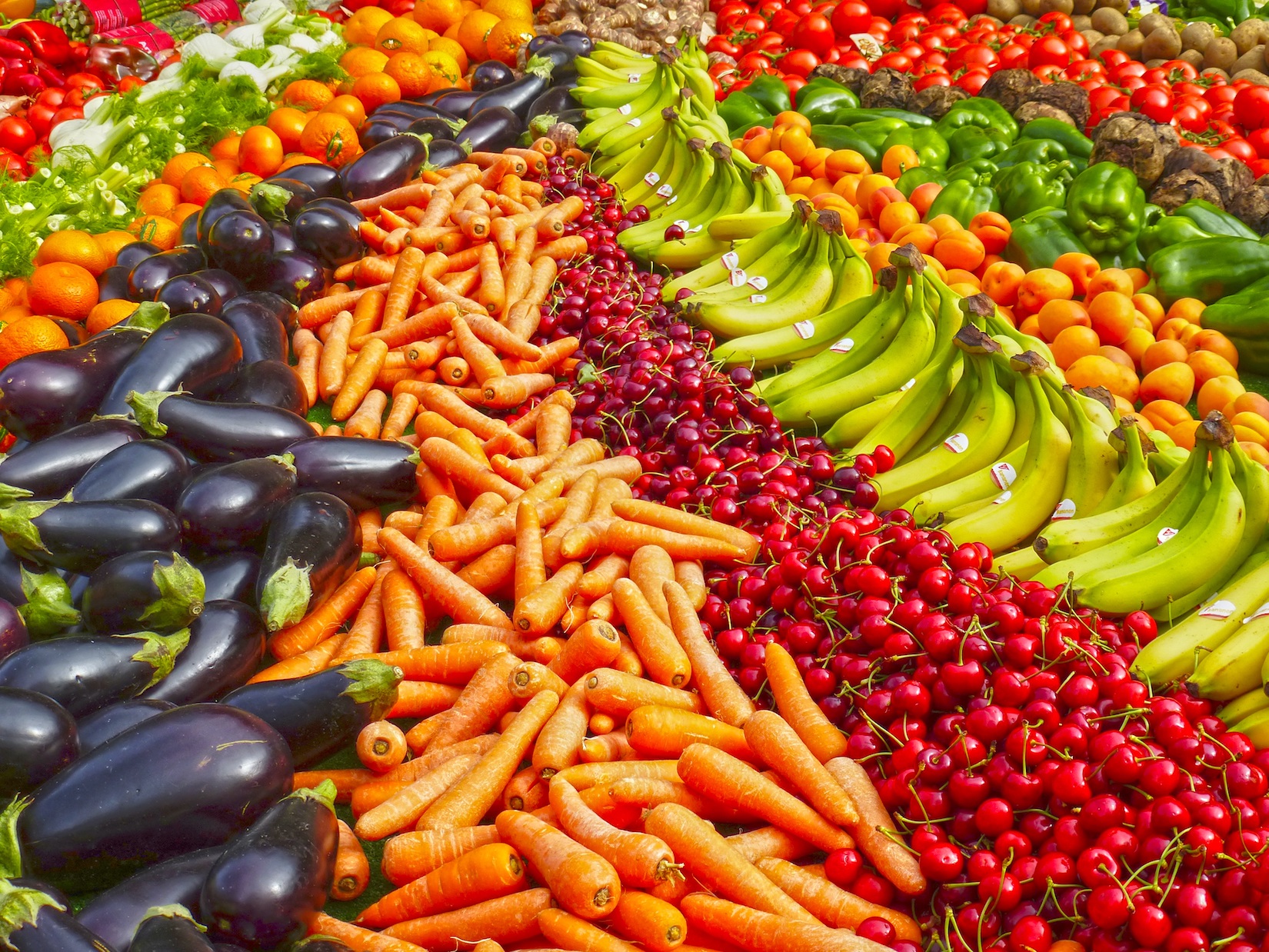
Most of us are too busy to think about it, or simply don’t care. Yet the more you explore the impact that food has on your health, major questions arise regarding where the food you are putting into your body comes from.
A food mile is defined as how far a food item is transported from producer to consumer. The further the food has to travel, the more handling, safety, cost, and environmental concerns there are. Most of us go to the grocery store, get what we need, and head home to eat. There isn’t much thought to where the food is grown, made, or produced.
A typical American dinner plate can have food and ingredients from several different countries on it (some reports have the average of five different countries!). This means that a good portion of our food travels thousands of miles before reaching our plates. Global food production and trade is a huge industry. Although the packaging and transportation of food serves a tremendous purpose for getting varieties of food to the masses, it also takes a toll. Airplanes and ships take up tremendous amounts of fuel and leave a huge environmental footprint. Food bought locally and in season nearly eliminate that.
Fresh tastes better! Local fruits and vegetables are usually picked ripe, in season, and ready to serve. They are full of flavor and packed with nutrients, being exposed to elements far less then foods sitting on the grocery shelves. When you make the shift into conscious eating for health and vitality, these concepts become more important. Begin an appreciation for foods that can be grown locally for your area. A blend of local, seasonal items can complement personal favorites that need to be imported.
Here’s a few tips to decrease your food miles and eat fresher:
- Look up where the closest farmers market and make it part of your shopping rotation.
- Learn about what foods can be grown seasonally in your area and seek them out.
- Expand your “label reading.” Look at fresh foods for the country of origin and give some thought to how far they’ve traveled.
- Explore CSA’s (Community Supported Agriculture). You can buy shares of locally grown fruits and vegetables year round. Options for meat and eggs are available as well.
- Grow what you can! Start with some fresh herbs or tomatoes you can pot on a window sill. Look into a raised bed or hydroponics if you’re passionate!

